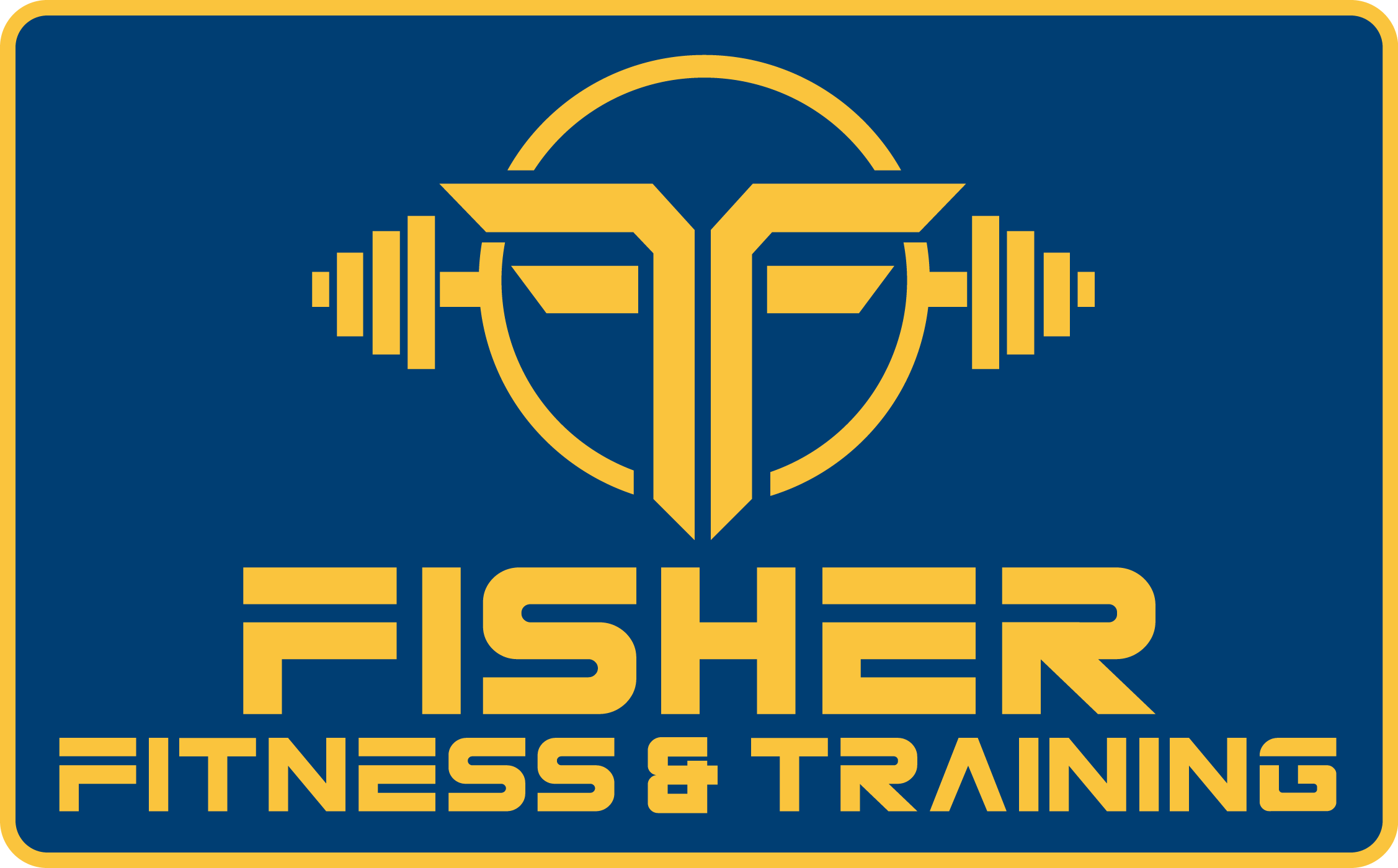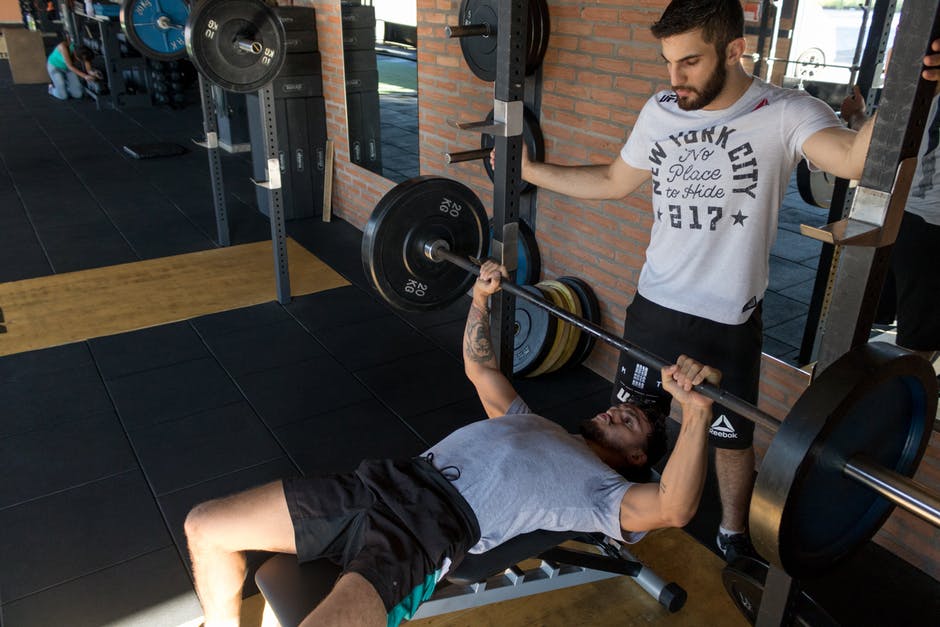“You’ve got to know where you’re going, or you’ll end up someplace else.”
That’s a quote from the late great Yogi Berra. It was true then, and it’s still true today. This is one of the many things I’ve learned over the years as a professional fitness trainer. And it’s something essential I’ve been able to teach my clients as well.
At Damian Fisher Fitness, I use the S.M.A.R.T. goal setting principle with my clients to define their personal fitness goals.
Specific – Together, we’ll set out exactly what you want to achieve with clear, definable steps and goals.
Measurable – We’ll benchmark your progress to help with motivation and allow you to recognize the progress you make.
Attainable – We’ll make your goals challenging enough to provide a stern test and won’t overwork you or cause undue stress to your body.
Realistic – Regardless of your fitness level, we’ll keep your personal fitness goals realistic and within reach.
Timed – We’ll set a reasonable timeline to help you reach your goals. And we’ll stick to it. With a specific, timed goal to work toward, you’ll stay focused on the finish line. You’ve got this!
Determining Your Fitness Goals
When you start working with Damian Fisher Fitness, our first step is to uncover your goals. What are you trying to accomplish? Do you have a target weight? Do you want to achieve a certain physique? Or do you want to be a competitive body builder? But most importantly, we both need to know why your goal is important to you.
A good trainer will be highly involved with the goal-setting process because he/she will want you to be realistic and excited about your progress as you continue to work together.Your trainer doesn’t want you to set goals that are too high so that you become discouraged. So, your personal trainer will definitely lead you toward healthy goals that are both achievable and exciting. Both you and your trainer/coach are now a team working together to accomplish the goals that you’ve set–together. It is a win-win situation for you both.
Now, your fitness goals also need to be specific. For example, I want to…
- Lose weight
- Have more energy and stamina
- Be stronger or faster
- Play better golf
- Look better in the mirror
- Have defined muscles
- Be able to do all the things I want to
- Stay healthy and active in my senior years
Whatever your goal is, you can achieve it with the right plan, the right program, and the right team member. I had a golfer once tell me, “I want to be as strong and consistent on the back 9 as I am on the front 9.” An 88-year-old garden enthusiast told me he wanted to be able to work in his raised vegetable bed next spring. An attorney said she wanted to look better in her bathing suit! You get the idea. Individual goals are varied and personal–and unique to each person. So, whatever your goal is, let’s talk about it–and figure out how to get there.

Measuring Your Fitness Progress
Next, we determine a way to measure progress toward accomplishing your fitness goal. If weight loss is your goal, then we will periodically measure your total body mass, body mass index, and body fat percentage. Girth measurements, pictures, and new clothing also make good “yardsticks” for measuring your fitness progress.
For the athletes that I train, we measure in terms of speed, strength, endurance, and muscle mass. We first start with a benchmark, then measure progress at set intervals to chart personal achievements.
Are Your Goals Attainable and Realistic?
Once we determine your fitness goal, we need to make sure your goal is attainable–and realistic. If you have weighed 200 pounds for the past year, dropping 50 lbs (25% of your body weight) in two weeks is not attainable or realistic. Can you go from doing three push-ups with all-out effort to eventually doing 30 push-ups within just one week of workouts? Not likely!
It’s OK to have big goals. In fact, we all should have big goals in all areas of life. When it comes to fitness, we take your big goals and break them down into smaller steps.Once we’ve determine that your goal is Specific, Measurable, Attainable and Realistic … we set up a Timeline.
Timing Your Personal Fitness Goals
So, we’ve determined your goals, created a method to measure your progress, and decided if they are attainable and realistic. Now, it’s time to decide how long it will take to get there. A time-driven weight loss goal could be to lose an average of 2-3 pounds per week. This equates to about 10 pounds per month. We quantify this goal by weighing at the same time of day, on the same scale, and at set time intervals. If you’re goal is to become more fit, we can measure your progress through muscle development, how much weight you can handle, and what you recovery time is between sets.
So, think about your health and fitness goals… and let’s get SMART about achieving them!
“Dare To Believe”
~ Damian Fisher

